Of all the different ways you could choose to travel, my favourite by far is a road trip. Road trips give you a freedom that is very difficult to get from other forms of travel.
You can go where you want when you want. You can change your plans last minute. And you can even drive with no destination in mind if you like.
The first section of the planning is all about the vehicle, accommodation, and route.
This involves choosing a vehicle if you don’t already have one, deciding on how and where you would like to sleep, and deciding on the road trip route.
These things are personal preference and will also depend on whom you’re traveling with.
There are a few considerations regarding your vehicle. Will your vehicle also be your accommodation? If so, you could use an RV or camper van. You could use a regular van and sleep in the back, although that could take a bit of work.
Camping might be more your style. I’ve taken road trips with both roof-top tents and regular tents and had a blast.
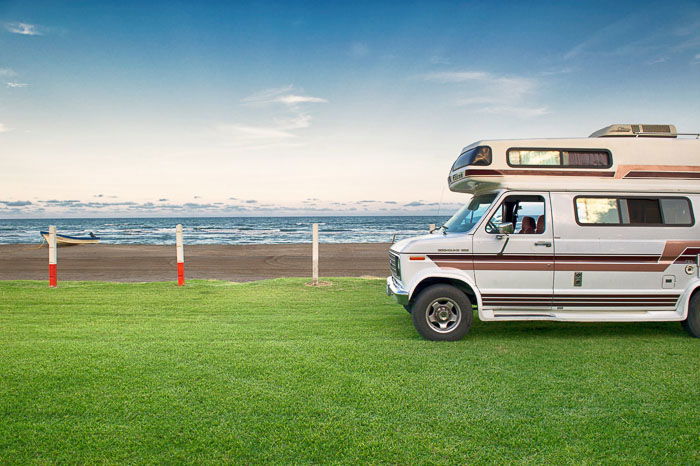
Living out of your vehicle has the added advantage of being able to stay closer to potential photo locations. Most paid accommodation like hotels will be in or near more populated areas like towns and popular tourist destinations.
If that’s what you want, great, but my idea of a road trip involves getting away from busy areas. This is a big attraction to living out of a vehicle. Getting closer to nature. The only time you’re not outside in nature is when you’re behind the wheel.
When choosing your vehicle, it’s important to also consider whether it will be up to the task.
These are important questions to ask before you decide on a vehicle, not just for the sake of your wallet, but also your safety.
If you’re planning a road trip, you likely already have at least a rough idea where you’re going. Maybe you have a final destination in mind and everything in-between is a mystery.
It could be a one-way road trip, a return trip, or a loop. Maybe you already have the entire route planned out in minute detail. Either way, here’s what’s helped me.
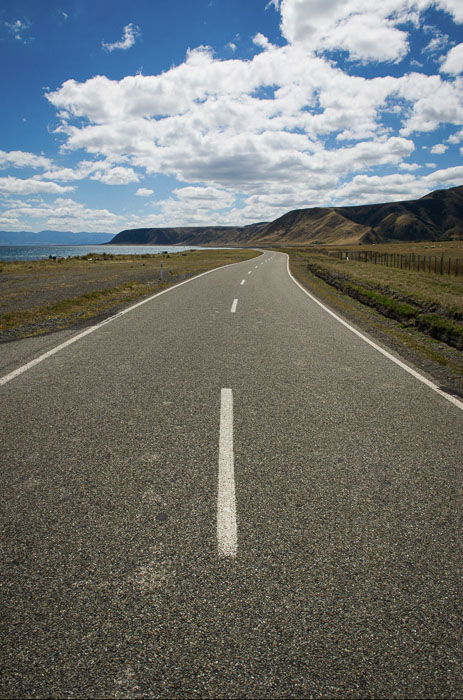
If you’re planning a photography-specific road trip, plan your route around the locations you want to photograph.
This may sound obvious, but it’s surprising how many people waste so much time visiting places that they didn’t particularly want to photograph that they missed the places that they did.
I’ve been guilty of this. I now do insane amounts of research into the places that I want to add to my portfolio that I hardly have time to see anything else.
Spend some significant time researching photo locations and save them to a folder or gallery somewhere. I use a combination of apps and websites to research and plan my road trip photography.
Pinterest is great for researching locations as well as road trip routes. 500px and Flickr are also useful as you can find great photos of locations you want to photograph and save them to a gallery to refer back to later.
The tool I’ve found most useful for planning my road trip routes and photo locations is My Maps. It’s a Google service that uses its incredibly detailed Maps information and allows you to plan and plot anything and everything.
I use it to plot my route, campgrounds, points of interest, photo locations, cafes, hikes, etc. It pulls just about any information that’s available in Google Maps, and you can add virtually anything that isn’t available already.
You can also update and add to it as you go thanks to the ability to sync with the mobile app.
If there’s one thing photographers can’t live without on the road, it’s electricity. Everything from laptops and cameras to phones and drones need power, and lots of it.
Fortunately, if you have a vehicle, you have a source of electricity wherever you go, but it may not be enough. I’ve often survived road trips with a couple of 12v outlets to charge my USB-powered devices and cameras, but sometimes that isn’t enough.
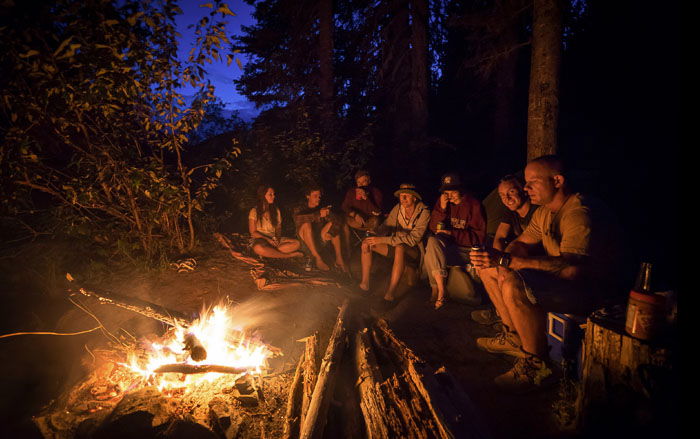
If you’re staying in locations with a reliable source of power and you can charge everything each night, the outlets in your vehicle may be all you need.
If you’re camping or living out of a camper van you’ll need to come up with a reliable system though. Nothing will ruin your road trip faster than dead batteries.
I like to use a dual battery system. This means you have one battery to run the vehicle and one for charging devices. Solar is also a great option, and getting more affordable. A 12v inverter will allow you to plug regular appliances like laptops in and charge them off your car battery.
If you’re traveling in a camper van or a vehicle specifically set up for road trips, it may already be well prepared for charging devices.
Whatever system you decide on, check it works before you hit the road. Also make sure you have enough outlets to charge everything. Having to decide which device needs charging more urgently is incredibly frustrating. Always carry a power bank as well.
You may be one of those people who can travel without being connected to the internet, but I’m not. At least not all the time. When I’m on an extended road trip I need internet.
No matter how well I’ve planned it, there are always things I need to research or look up. Whether it’s checking the or moon phases, or finding the nearest gas station or the best local coffee, there are some things that are far easier with internet.
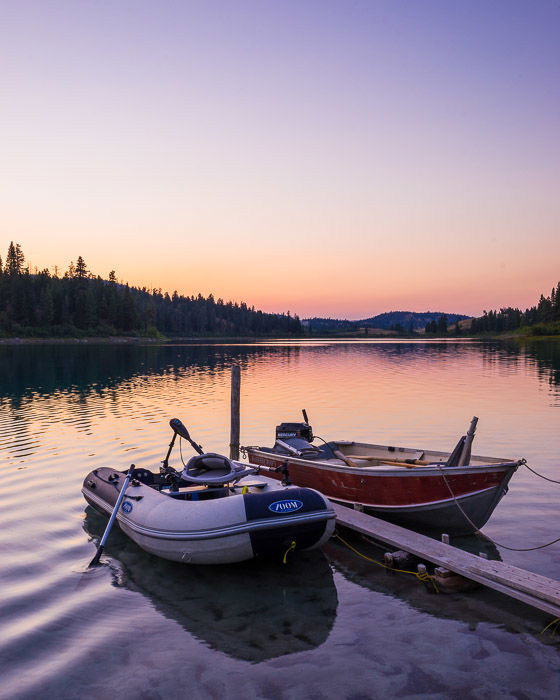
If you’re staying in paid accommodation, it’s likely that there will be Wi-Fi available. If not complimentary, it can almost always be purchased these days. Although limited, it will usually be fine for your needs while on the road.
The best option if you’re living out of your vehicle is a local sim card with data included. It’s rarely good value for money, but it will give you some communication with the outside world, and allow you to find what you need.
In a pinch, many cafes and fast food outlets offer free Wi-Fi, so keep an eye out when you’re driving through more populated areas.
When you’re planning a photography-specific road trip, there are several more things to consider.
I mentioned in the previous section that I like to plan my route around the locations that I want to photograph. It’s worth getting a lot more specific with your photo planning.
Don’t just write down the name of the location, think about the shots you want.
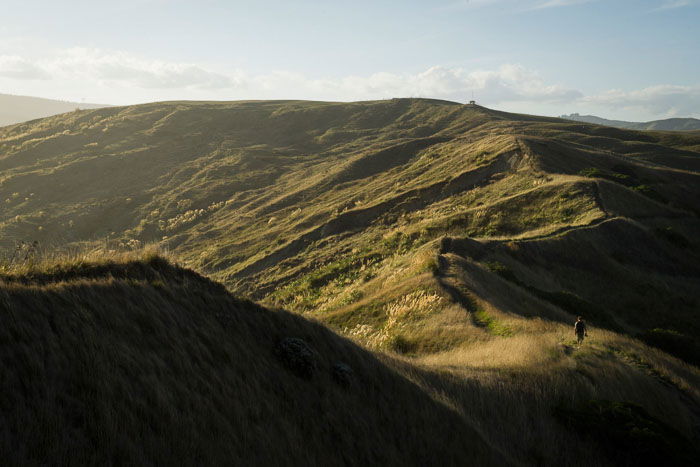
You won’t be the first person to photograph the places you’ll be seeing, but you’ll be the first to photograph it your way. There’s nothing wrong with getting the same shots as everyone else, but try something different as well.
Think how you could look at the place from a different perspective. A longer lens can give a unique take on a landscape. Coming back in the middle of the night for astrophotography is also an option.
My favorite tool for planning photography is Photopills. I can’t imagine trying to plan landscape photos without it. It’s like a Swiss-Army knife for photographers.
It provides you with insane amounts of data to help you research and plan photos down to the second. And it includes information on the sun, moon, and stars, as well as maps and tools for calculating exposure times and time-lapses.
Backing up your photos is never more important than when you’re on the road. The likelihood that you could lose everything is significantly higher than when you’re home.
Cameras and laptops are replaceable, but photos are not. You need a solid backup system.

The great thing is that a backup system doesn’t need to be expensive to be solid. I always have at least two copies of all my images and my hard drive. And I carry enough memory cards so that I don’t need to delete anything off them for the whole trip.
I copy my photos to my laptop every day so I immediately have two copies. And I also copy my laptop to an external hard drive every couple of days.
Any time I leave my vehicle, whether I’m going to shoot a location or going to get coffee, I take my memory cards and my external hard drive with me. They’re small and light so I don’t even notice they’re in my bag. That way, I could lose everything out of my vehicle but still have copies of my photos.
Road trips provide an incredible opportunity to capture a lot of photos in a relatively short period of time. You can come home from a road trip with more keepers than you would be able to capture in twice the time staying in one place.
The danger is that it’s easy to focus so much on the locations that you’re photographing that you forget to enjoy and capture the journey too.
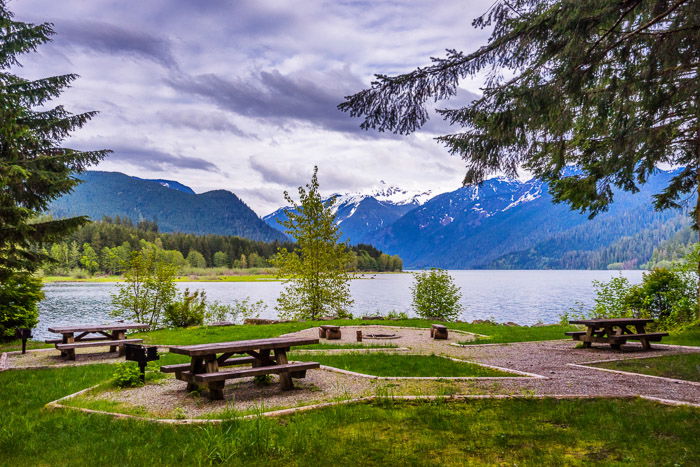
Don’t make the mistake of coming home from an epic road trip with no photos from the road. Document the mundane daily tasks that seem boring at the time. You’ll be glad you did when you look back on them and remember how much fun you had.
If you capture the road trip in its entirety, your photos will tell more of a story. Check out our article on photo essays for inspiration. You can show only your best photos if you like, but you’ll be glad for them all, especially as your memories fade.

